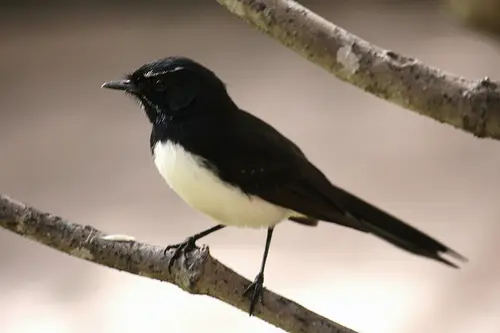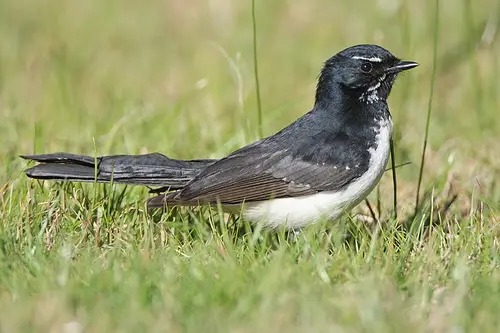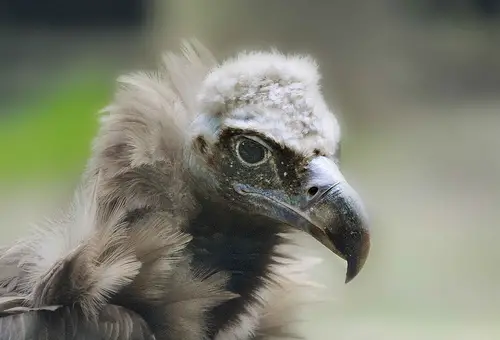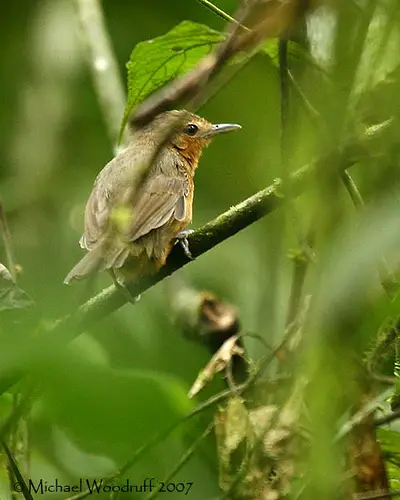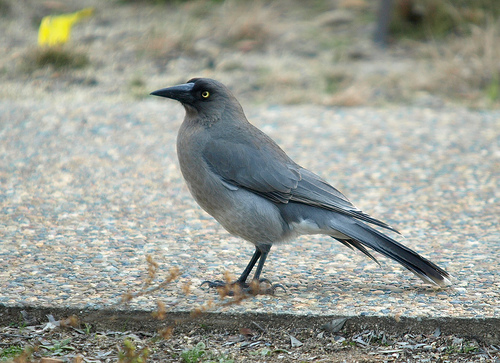Willie Wagtail
The Willie Wagtail is a common bird that is native to Australia, New Zealand, the Bismark Archipelago, the Solomon Islands, and eastern Indonesia. It was first described by John Latham in 1801. This bird was also referred to by John Gould and other writers as the Black and White Fantail. However, Willie Wagtail actually became the popular name for this bird after 1916. It was given the name, ‘wagtail’, due to its active behaviour. The origins of ‘Willie” is uncertain though. Its other common names include Shepherd’s Companion, Frogbird, Australian Nightingale, Morning Bird, as well as Aboriginal Australian names which are mainly based on its call.
There are 3 subspecies of Willie Wagtails. They are:
- Rhipidura leucophrys leucophrys – the nominate species which can be commonly found throughout Australia.
- Rhipidura leucophrys picata – first described by John Gould in 1848. It is found across the northern parts of Australia, from northern Queensland to northern Western Australia. Compared to the nominate species, it has shorter wings and are found between the latitudes of 18-22oS.
- Rhipidura leucophrys melaleuca – first described in 1830 by Jean Rene Constant Quoy and Joseph Paul Gaimard. It is found throughout the Solomon Islands, Bismark Archipelago, New Guinea, and eastern Indonesia. It is much larger, has a larger bill, and longer bristles.
Adult Willie Wagtails of the nominate species are about 19 to 21.5 cm long. They weigh about 17 – 24 g, and their tail is about 10 cm long. Its bill is short and slender, measuring less than 2 cm long and has a slightly hooked bill. Males and females have similar plumage, which is basically all black except for its white underparts, whiskers, and eyebrows. Their legs and bill are black, and they have dark brown irises. Immature Willie Wagtails will moult during their first year, so they may have pale wing tips. Juveniles also have a much duller plumage compared to the adults.
This bird has featured heavily in Australian Aboriginal folklore. Many tribes in south-eastern Australia regard Willie Wagtails as being the bearer of bad news. It was thought that this bird could steal a person’s secrets so women would be tight lipped while this bird was in their presence. The people from the Kimberley region of Western Australia also believed that a spirit of a recently departed relative would appear if their living relatives spoke badly of them. As a result, it was thought the Willie Wagtail was a fairy intelligent animal. However, the Gunwinggu people in western Arnhem Land thought this bird was a tattletail and a liar. It was said that the Willie Wagtail stole fire and tried to extinguish it in the sea according to a Dreaming Story by those in the Pilbara region and was able to send a strong wind if it was frightened.
Outside of Australia, the Kalam people in New Guinea thought it was a good bird. If the Willie Wagtail chatted while a new garden was being tilled, it was thought to be a good omen that good crops would grow. It would also take care of pigs if the bird is calling and daring around them. It was also thought to be the manifestation of ghosts of paternal relatives according to their folklore significant to the mourning ceremony.
